Over the years, the number of gears on bikes has steadily increased. Today’s normal, generally speaking, is 22 gears through two chainrings and 11 sprockets. However, not only has the number of gears increased, but also the range of sizes for the chainrings and sprockets. Yes, this has allowed riders to fine-tune the gearing on their bike, but bike gear ratios can also be really confusing.
First, you need to understand that the size of chainrings and sprockets define the gearing on a bike. You can determine the size by the number of teeth (T) involved, but more important is the ratio. The ratio speaks to the way that the sprockets multiply the effort made with the chainring.

The Basics
Bicycle gears began with the introduction of the train drive, making the bicycle a lot more efficient. Historically, bikes were fixed gear, meaning one revolution of the pedals was equal to one revolution of the back wheel, for a 1:1 ratio. With a train drive, however, a single turn of the chainring can produce multiple revolutions of the rear sprocket and wheel.
Example: A 39T chainring is paired with a 12T cog, giving us a ratio of 39:12 or 3.25. So, one complete rotation of the crank will make the rear wheel rotate 3.25 times.
Do bike gear ratios matter?
In short, yes. If your gears are too easy, you’ll get dropped on those flats as you spin out. On the other hand, if they’re too high you’re not going to be able to maintain an efficient cadence on steep climbs. Having the correct gears for you can impact the following:
- Power Output – Your power output, measured in watts, is the most important factor in determining your speed. Bicycle gearing presents resistance, allowing you to transfer this power (through torque and cadence) from your legs into forward movement. Your gears should allow you to get the most from your power, which is varies from rider to rider.
- Cadence – Cadence is the amount of times your foot completes a full pedal stroke in one minute (also known as rpm). First, you need to know what your preferred cadence range is. Do you like to spin in an easier gear, or push at a lower cadence but higher gear?
What are the choices?
As mentioned previously, gear ratios are determined at the crankset and the cassette. Essentially the lower the number of teeth on the chainrings results in an easier gear, and the lower the number of teeth on the cassette creates more resistance (harder gear).
Cranksets
Cranksets set the tone for bike gear ratios on your bicycle. In general, there are three size options that will dictate your gearing and also set your bike up for its intended use.

- Standard (Double)- A standard crankset has a one hundred thirty millimeter bolt circle diameter (or BCD, Campagnolo cranks have a one hundred thirty five millimeter BCD). Almost always, the chainrings on standard cranks are 53 teeth and 39 teeth. Today it is still the choice for most cyclists, unless you will be tackling the steepest and longest of climbs consistently in your rides.
- Compact – Compact cranksets allow a wider range of gearing options with their 110 millimeter BCD. Most often they will come with a 50 and 34 tooth pair of chainrings, but increasingly you will find 52 tooth and 36 tooth pairings. The former is a great all-around combination, especially if you are tackling significant climbs. The latter gives an easier gear for climbing and still has a big enough chainring to not lose very much top-end speed when compared to a standard crankset on the downhills and flat.
- Triple – Until compact cranksets came out, triples were the only way to get a bike dedicated to climbing. The third chainring makes for a slightly heavier and more complicated shifting system. Today you will almost exclusively find them on touring bikes and mountain bikes.
Cassettes
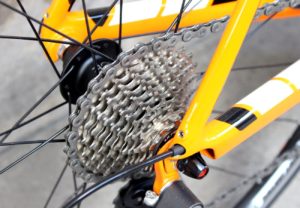
Your cassette will fine tune the gearing of your crankset. The flatter your riding, the closer your gearing should be on your cassette. You will encounter fewer difficulties on your daily rides. With eleven speed cassettes, you could get an 11/25 (referring to the smallest and largest cogs) cassette and never be overgeared and never have more than a two tooth gap between cogs.
The biggest cog on a cassette you can use with a short cage rear derailleur is 28 tooth. Paired with a compact crankset, it is sufficient to ascend all but the longest and steepest climbs. If you need lower gearing, you can get a medium or long cage derailleur and get up to a 36 tooth cog. Note that you may have large gaps between cogs, although that is offset by your ability to get over serious difficulties with relative comfort.
With cassettes less than 11 speeds, you will not have all of the potential options available to you, but you can still find a cassette that will suit your needs. Large cogs are still available and so are cassettes with small gaps between cogs. The small sacrifice you make is not having both large cogs and smaller gaps.
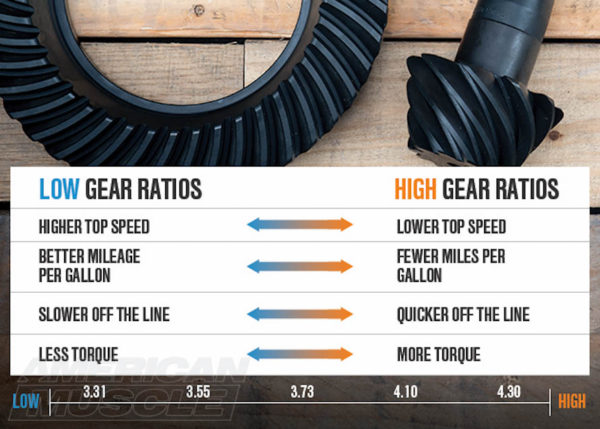
At the end of the day, you want to find the right gear setup so that you can forget about gears altogether and enjoy the ride! Click here for more information and charts to help you find the right gear ratio.
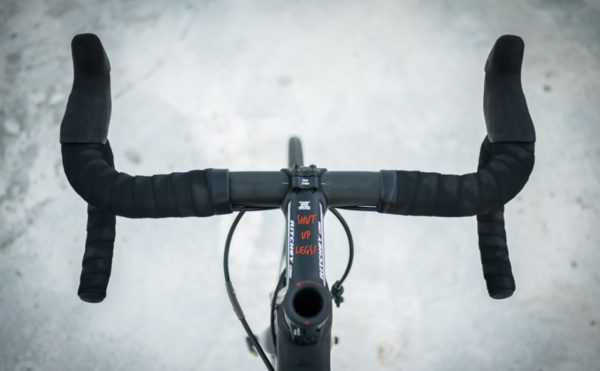
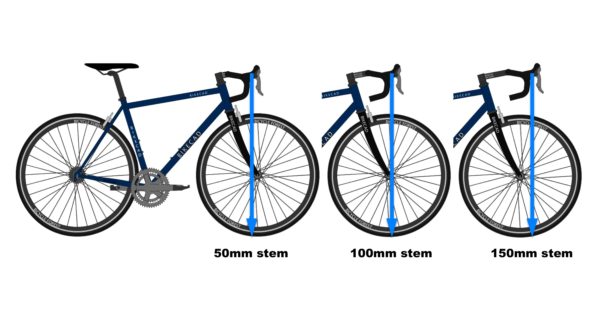
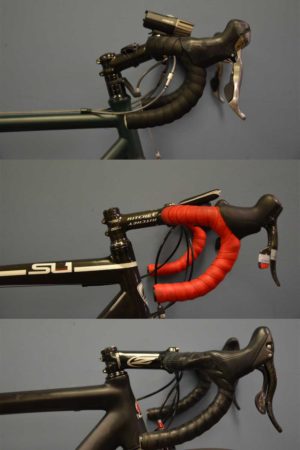

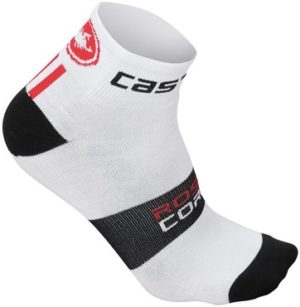
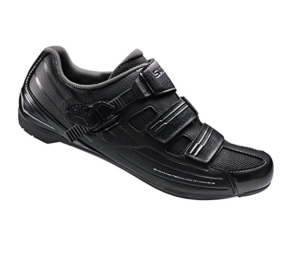
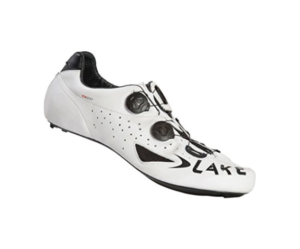
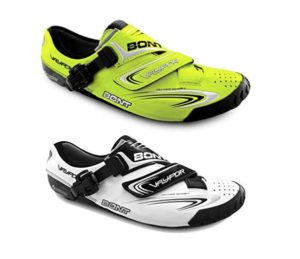
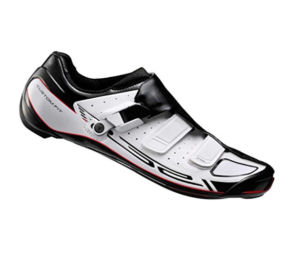
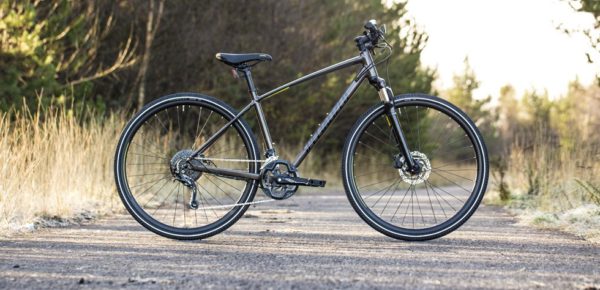
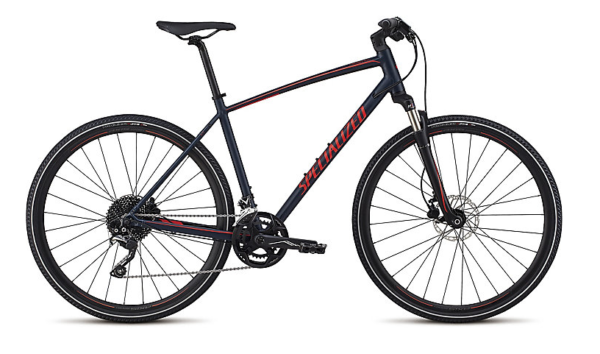
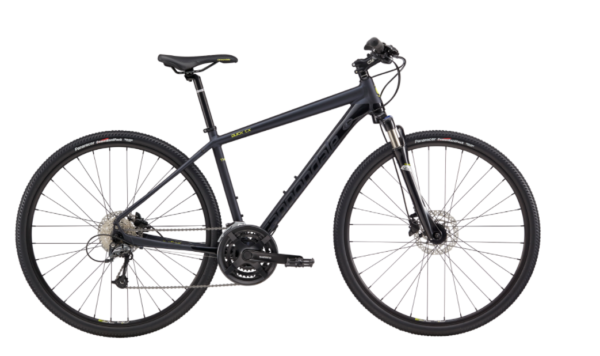
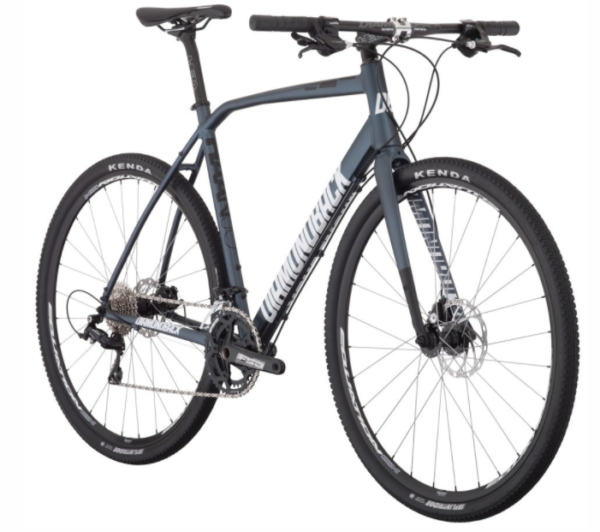
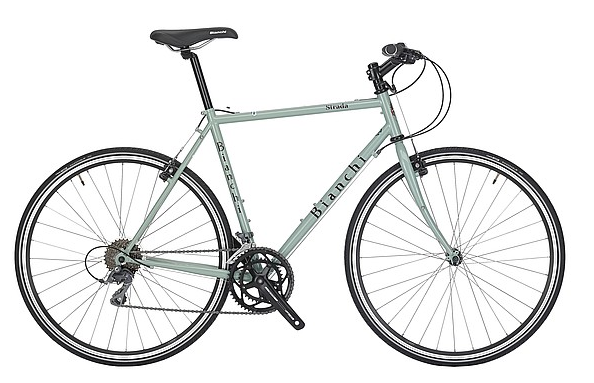
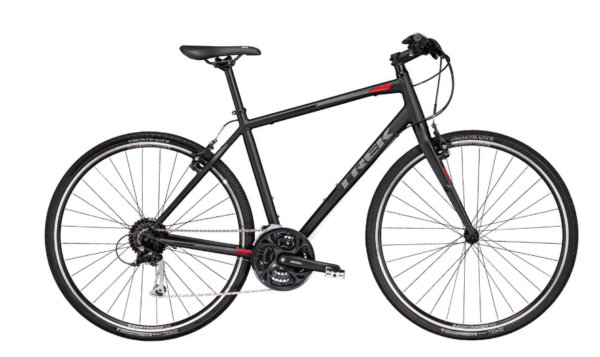
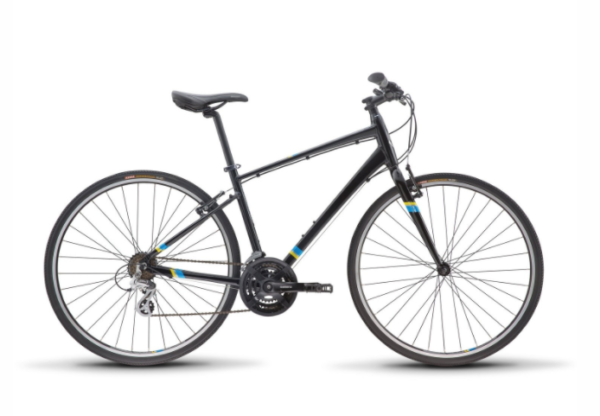
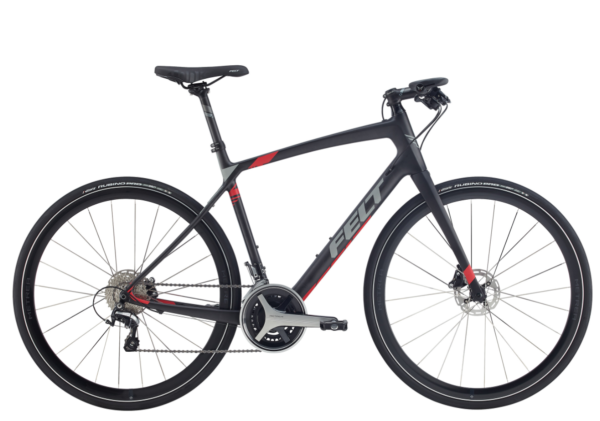
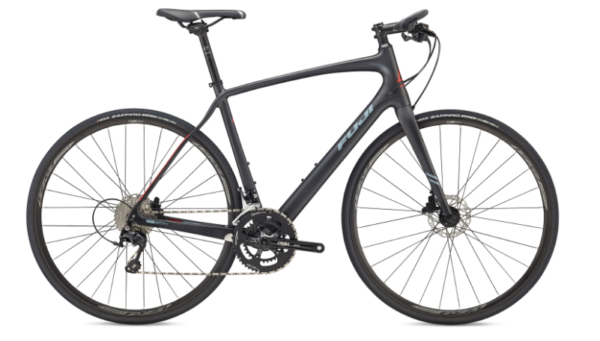
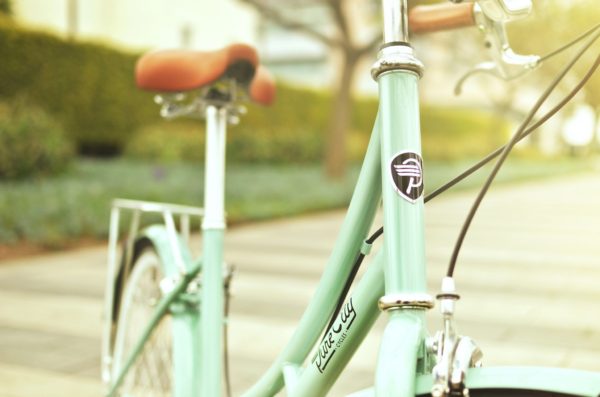
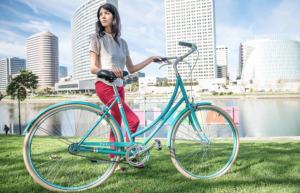
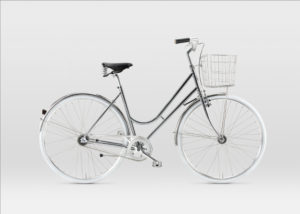
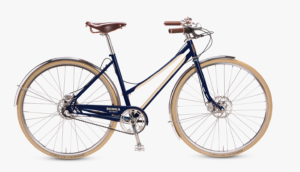
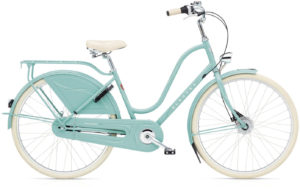
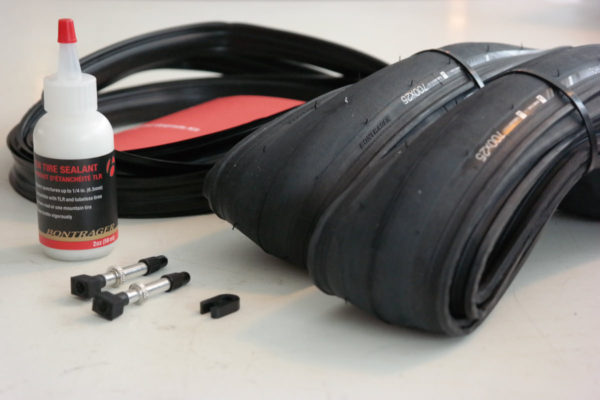
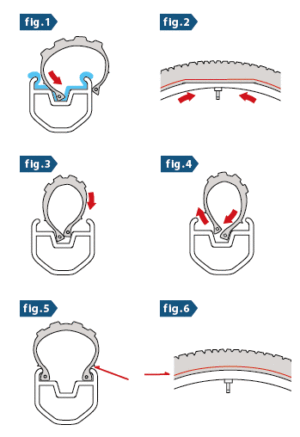

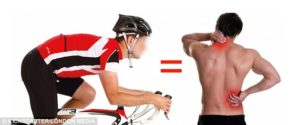
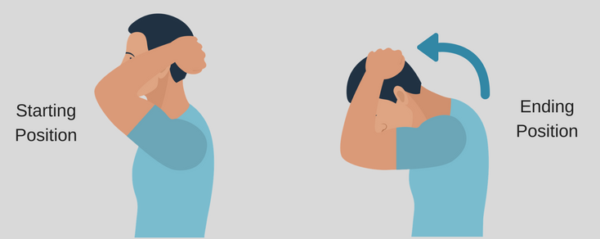
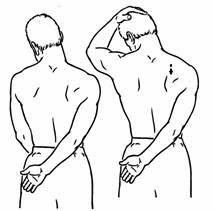
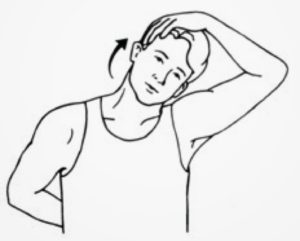
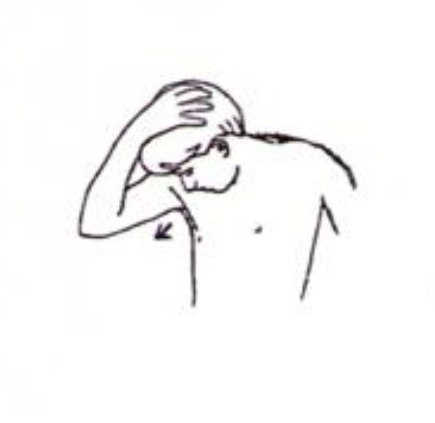
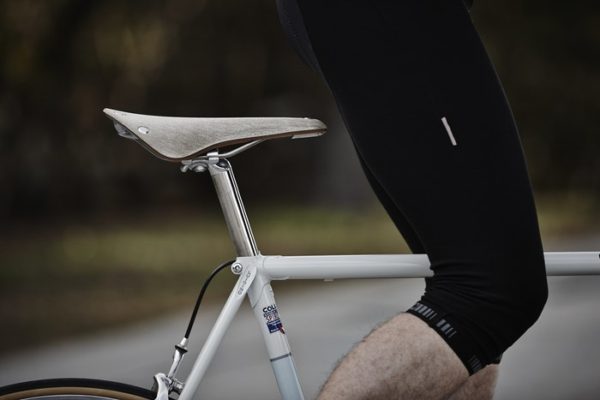
 Cut outs
Cut outs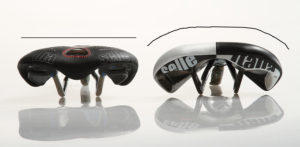
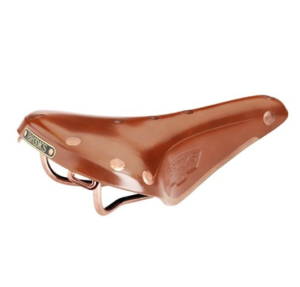
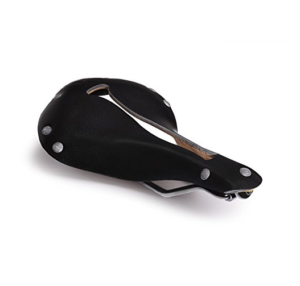
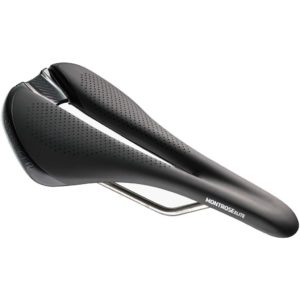
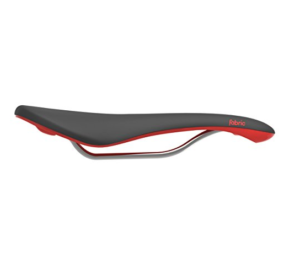
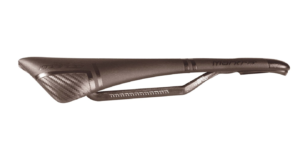
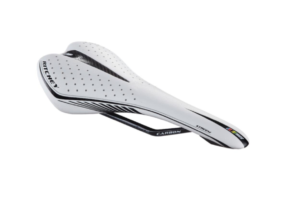
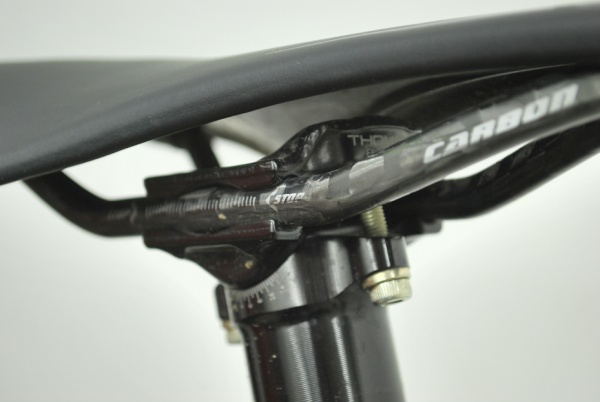
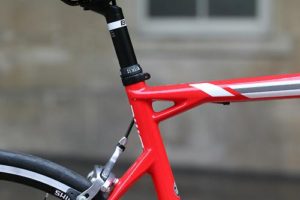
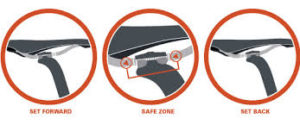
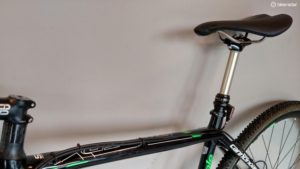
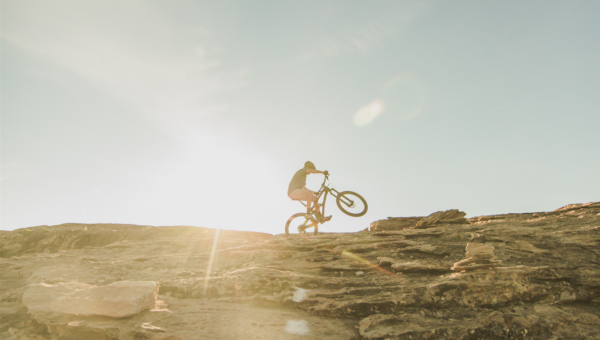
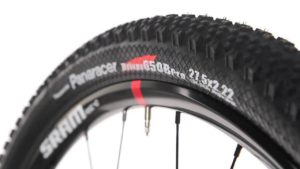

 heading out onto to slick, muddy trails, lower tire pressure will give you more grip and stability.
heading out onto to slick, muddy trails, lower tire pressure will give you more grip and stability.